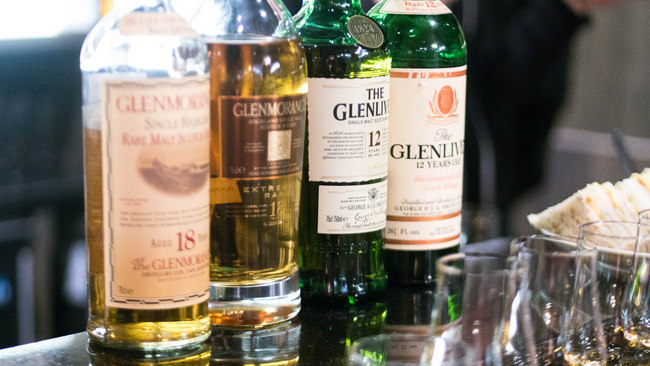
There is a world of whiskies out there. Whether you favour the classics, or lesser known varietals, there is a dram waiting for you. At least, that’s how I felt walking into Palais Renaissance’s newest addition, The Writing Club. Filling the void of a dedicated whisky bar along the bustling shopping district, it plays host to an extensive range of single malts or grain to blends. An admirable collection of gins and rums are also in view, but that’s a story for another day. With a collection as outstanding as theirs, they offer a unique tasting flight; the same age statement, but bottled decades apart.

Today’s agenda includes a quartet of Glenmorangie 18 Years Olds and The Glenlivet 12 Years Olds.
The first pair up are the Glenmorangie 18 Year Olds. One estimated to be from the late 1990s to early 2000s, one modern. You’d assume that with big hitters such as Glenmorangie, where they maintain a firm stand on having followed the same methods of distillation from way back when, there won’t be much of a difference. Upholding the tradition and all.
Alas, we won’t be here if there wasn’t.
Both of the Glenmorangie 18 Year Olds follow a similar style. The difference lies in the cask composition. For the 1990s-2000 bottling (noted by the old bottle style and label), it had a fresh, fruity palate. Lots of citrus, a little salty. The modern bottling, while still maintaining the iconic fruity palate, is bolder. It is creamy, with honey and cherries. Resident whisky expert, Fong Chan Teng, attributes the difference in flavour to the use of different cask composition. Not unlike the distiller to do so. They are one of the pioneers in wine finishes, after all.
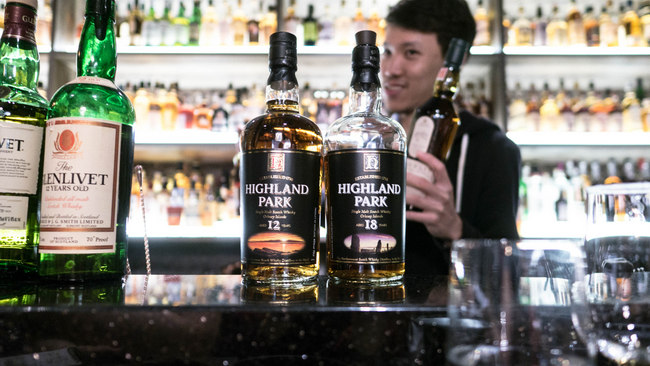
The Glenlivet 12 Years Old, includes one modern and one from the 1970s, have distinct style changes. The former is a textbook whisky. It is an easy going drink with hints of vanilla and lemon. The one from the 1970s, though. I have never had something like this. A distinct metallic nose. You get minerals, metal oxides, immediately. He takes it back to 1966, where the distillery began to purchase malts from malting grounds housed in an industrial complex.
To throw a wrench into the works, there is also the question of whether the flavours developed due to the bottling effect. We will never know. All I can say is The Glenlivet 12 Years Old from the 1970s is worth revisiting.
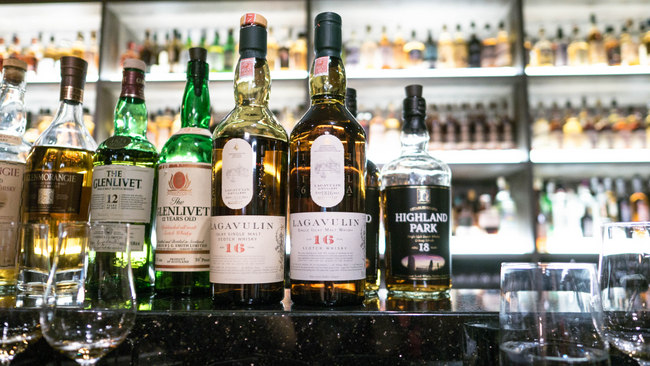
There is a science behind how he deciphers the labels to determine the bottle’s origins. It could be anything from the manner %abv was written (previously written as proof), his extensive research on the distillery itself to, of course, how the whisky tastes. It is all speculation of course, but the intricacies The Writing Club goes into truly inspires one to learn more.
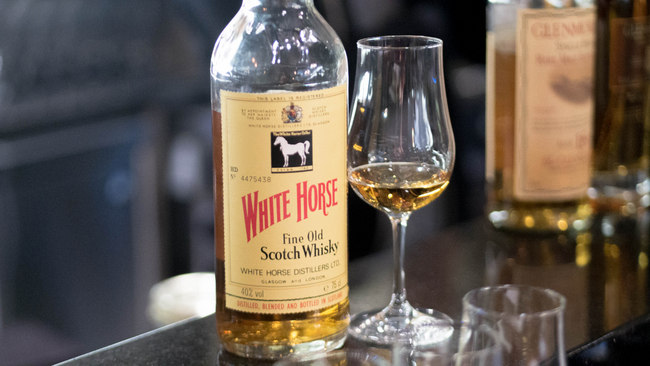
Neat, on the rocks or with a careful drop of still water. The love for the golden spirit is picking up in Singapore, inviting many to share an after work tipple or two, dram devotees or new to the game. This tasting flight was an eye-opening one, regardless where you stand. It also extends to other distilleries, including Lagavulin 16 Years Old and Highland Park 12 and 18 Years Old.
The Writing Club does more than simply filling a need for a dedicated bar in Orchard. On top of having a unique (and ever growing) collection, the people behind the bar are fun and unpretentious. Always spot on with their recommendations, and always ready to have a lively discussion about your favourites. A whisky lover’s dream.
Tel: +65 93628626


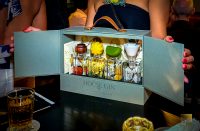

Pingback: The Writing Club: An Enchanting Encounter With Whiskies Through Time